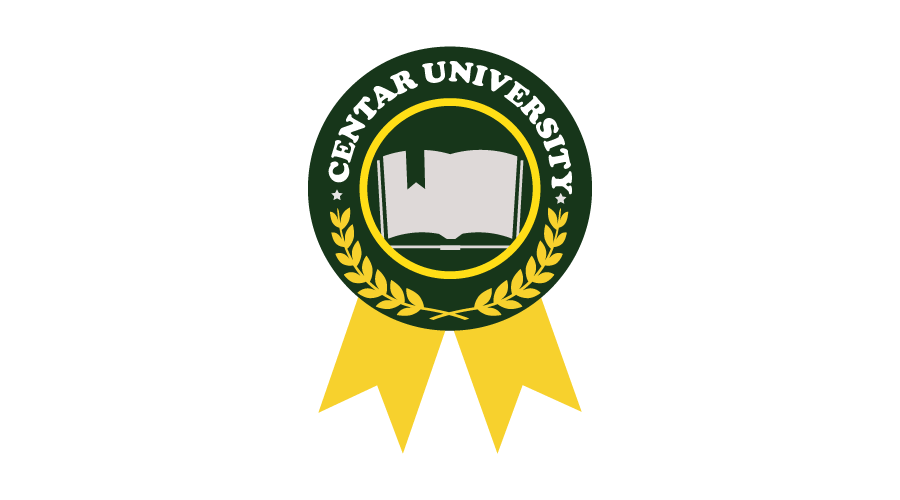Micro teaching is a powerful pedagogical strategy that enables teachers to develop their teaching abilities in a supervised and encouraging setting. It entails dissecting the teaching procedure into smaller parts and rehearsing each one quickly. Teachers can improve their teaching skills, get useful feedback, and improve their instructional methods by using micro teaching lesson plans and adhering to the micro teaching cycle. This article discusses the importance of micro teaching and offers advice on how to develop a successful micro teaching lesson plan.
Lesson Plan for Micro Teaching:
A roadmap for carrying out a concentrated and targeted teaching practice is provided by a micro teaching lesson plan. For the micro lesson, it includes the precise goals, subject matter, teaching techniques, and evaluation procedures. Let’s explore the key elements of a properly organized micro teaching lesson plan.
Objective:
The aim and learning objectives of the micro lesson are determined by the objective. It needs to be SMART, or specific, measurable, achievable, relevant, and time-bound. For instance, “By the end of the micro lesson, students will be able to identify and classify different types of plants.”
Content:
The subject matter that will be covered in the micro lesson is defined in the content section. It must to be in line with the goals and concentrate on a certain idea or ability. In our example, the information might cover plant taxonomy, plant anatomy, and illustrations of various plant species.
Teaching Techniques:
The instructional strategies and methods that will be used to effectively convey the subject are described in this section. It could include of presentations using various media or lectures, group activities, and demonstrations. Teachers should use methods that encourage participation and accommodate various learning styles.
Resources and Materials
Indicate the tools and resources needed for the micro lesson, such as printed materials, online sources, or visual aids. Before the micro-teaching session, make sure that all relevant resources are accessible.
Procedure:
The process outlines the order of steps and the permitted time for each micro lesson segment. It gives the teacher a step-by-step manual to refer to when actually teaching. The smooth flow of education is maintained and student involvement is increased with the aid of a well-structured approach.
the microteaching cycle
The planning, teaching, providing feedback, and reflecting phases make up the micro teaching cycle. It provides a structured framework for ongoing introspection and self-improvement.
Planning:
On the basis of the determined learning objectives, teachers create their micro teaching lesson plan during the planning step. They prepare materials, choose the best teaching methods, and foresee difficulties.
Teaching:
The teacher instructs a small number of students in the micro lesson during the teaching phase. In order to ensure active involvement and meet each student’s unique needs, it is crucial to establish a welcoming and inclusive learning environment.
Feedback:
The micro teaching cycle is not complete without feedback. Following the micro lesson, observers or peers offer helpful criticism on the instructor’s methods, interpersonal abilities, classroom management, and general efficacy. Feedback needs to be specific, unbiased, and improvement-oriented.
Reflection:
Teachers can evaluate their teaching performance and take into account any criticism during the reflection phase. Teachers examine their areas of strength, areas for development, and methods for improving their teaching methods. Self-reflection supports the development and improvement of teaching abilities throughout time.
Conclusion:
Teachers have excellent possibilities to improve their instructional skills through the use of micro teaching lesson plans and the micro teaching cycle. Teachers can improve their methods of instruction, get helpful criticism, and promote ongoing professional development by developing well-structured lesson plans and adhering to the methodical micro teaching cycle. The efficiency of teaching and student learning outcomes can be greatly enhanced by including micro teaching into teacher training programs and ongoing professional development activities.



